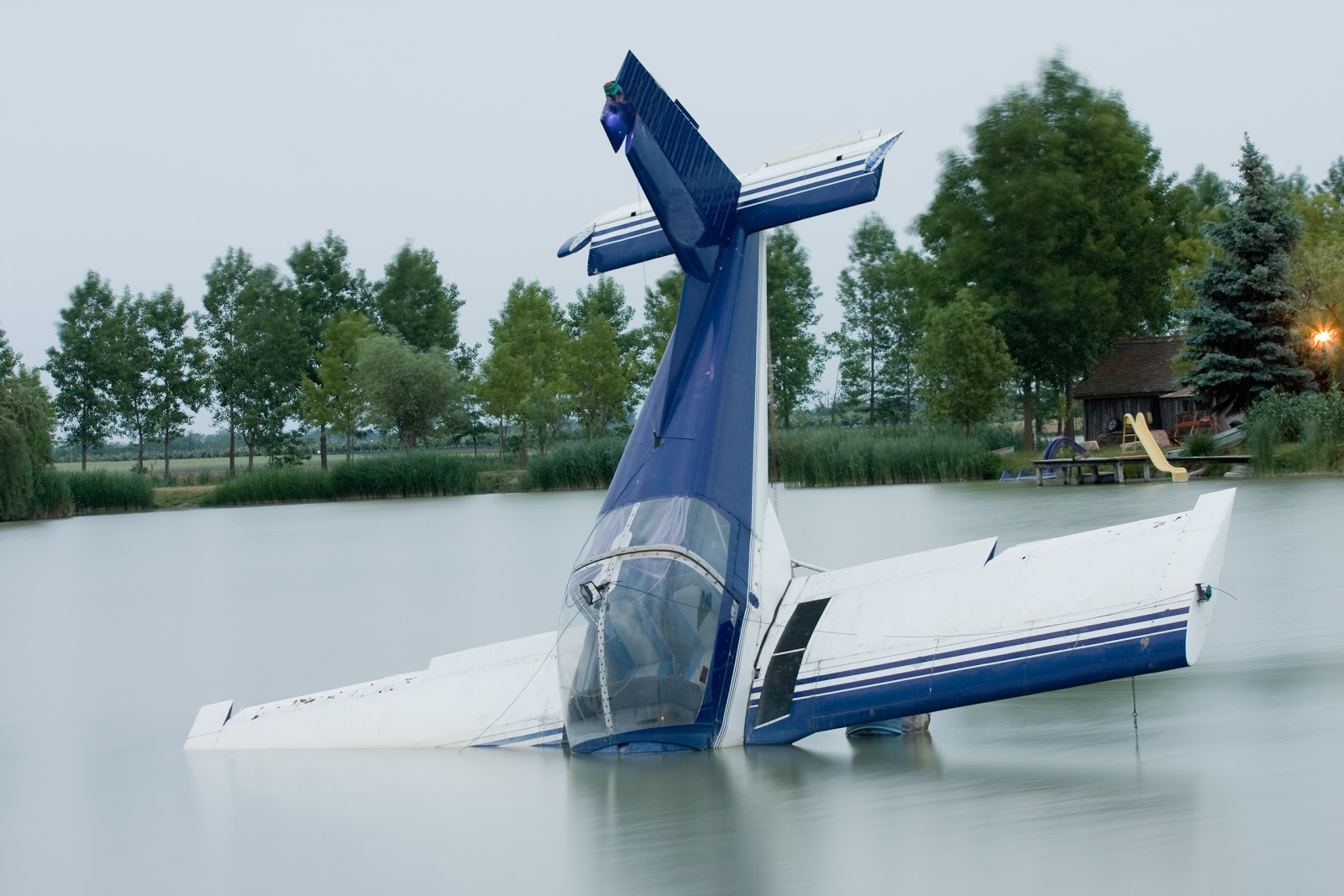Every year, millions of flights take off and land safely around the globe, but amidst this routine, a few unfortunate incidents remind us of the fragility of human life and the complexities of aviation. Landing plane crashes can occur for a multitude of reasons, ranging from technical failures to human errors, and they often leave behind a trail of devastation and unanswered questions. Understanding these events is crucial for improving aviation safety and preventing future tragedies.
The aftermath of a landing plane crash can be both shocking and heartbreaking. Families are often left to cope with the loss of loved ones, while airlines and authorities scramble to understand what went wrong. These incidents not only affect the immediate victims but also shake public confidence in air travel. With the aviation industry continuously working to enhance safety protocols, analyzing the factors leading to such accidents is imperative. This article delves into the various aspects of landing plane crashes, exploring their causes, consequences, and the lessons learned from each tragedy.
As we navigate through the complex world of aviation safety, it becomes evident that landing plane crashes are more than mere statistics; they are poignant reminders of the lives affected and the importance of continual improvements in safety measures. From the technical intricacies of aircraft design to the human factors involved in flying, each element plays a critical role in ensuring safer skies. Join us as we explore the intricacies surrounding landing plane crashes, seeking answers to pressing questions and uncovering vital insights that could potentially save lives.
What Are the Common Causes of Landing Plane Crashes?
Landing plane crashes can be attributed to a variety of factors. Here are some of the most common causes:
- Human Error: Pilots may misjudge the landing approach or fail to react appropriately to unexpected conditions.
- Mechanical Failures: Issues with aircraft systems, such as landing gear or autopilot malfunctions, can lead to crashes.
- Weather Conditions: Poor visibility, strong winds, and other adverse weather factors can significantly impact landing success.
- Runway Incursions: Collisions with other aircraft or vehicles on the runway can result in catastrophic crashes during landing.
How Do Investigators Analyze Landing Plane Crashes?
Investigating a landing plane crash involves a meticulous process to determine what went wrong. The steps typically include:
- Data Collection: Gathering flight data from black boxes, cockpit voice recorders, and maintenance logs.
- Site Examination: Inspecting the crash site for debris, wreckage patterns, and any contributing environmental factors.
- Interviews: Speaking with witnesses, crew members, and air traffic controllers to piece together the events leading up to the crash.
- Report Compilation: Analyzing findings and compiling a comprehensive report to identify causes and make recommendations for safety improvements.
What Are the Immediate Consequences of a Landing Plane Crash?
The immediate aftermath of a landing plane crash can be chaotic and tragic. Some consequences include:
- Loss of Life: Tragically, many landing plane crashes result in fatalities among passengers and crew.
- Injuries: Survivors often suffer severe injuries that require extensive medical attention.
- Emotional Impact: Families and communities are left to grieve and cope with the emotional toll of the tragedy.
- Operational Disruptions: Airlines may face grounded flights and operational delays as investigations unfold.
What Steps Can Be Taken to Prevent Future Landing Plane Crashes?
To enhance aviation safety and prevent future landing plane crashes, several measures can be implemented:
- Improved Training: Continuous training programs for pilots and crew members can help mitigate human error.
- Advanced Technology: Incorporating cutting-edge technology in aircraft design can address mechanical failures.
- Weather Monitoring: Better weather forecasting systems can improve decision-making during adverse conditions.
- Runway Safety Protocols: Establishing strict protocols for runway operations can minimize incursions and accidents.
Who Are the Key Figures in Landing Plane Crash Investigations?
Several organizations and individuals play crucial roles in investigating landing plane crashes. Notably:
- The National Transportation Safety Board (NTSB): In the United States, the NTSB is responsible for investigating accidents and making safety recommendations.
- Aircraft Manufacturers: Companies like Boeing and Airbus often collaborate in investigations to identify design flaws.
- Airlines: Airlines conduct their own internal investigations and implement safety measures based on findings.
What Notable Landing Plane Crashes Have Occurred in History?
Throughout aviation history, several landing plane crashes have left a lasting impact. Some notable examples include:
- Asiana Airlines Flight 214 (2013): A crash landing at San Francisco International Airport resulted in three fatalities and numerous injuries.
- British Airways Flight 38 (2008): The aircraft crash-landed at Heathrow Airport due to fuel starvation, leading to significant injuries among passengers.
- United Airlines Flight 553 (1972): The plane crashed during its landing approach in Chicago, resulting in a tragic loss of life.
What Are the Long-Term Implications of Landing Plane Crashes?
Landing plane crashes have far-reaching implications that extend beyond the immediate aftermath, including:
- Regulatory Changes: Investigations often lead to new regulations aimed at enhancing aviation safety.
- Public Perception: Crashes can affect public confidence in air travel, leading to decreased passenger numbers.
- Financial Consequences: Airlines may face significant financial burdens due to lawsuits and compensation claims.
- Technological Advances: Learning from tragedies can drive innovation in aircraft design and safety features.
Conclusion: How Can We Honor the Victims of Landing Plane Crashes?
In conclusion, landing plane crashes are somber events that serve as reminders of the importance of safety in aviation. By understanding the causes and consequences, we can work towards improving safety measures and preventing future tragedies. Honoring the victims involves not only remembering their lives but also committing to continuous improvement in aviation practices. Through collective efforts, we can strive to ensure that the skies remain safe for all travelers, transforming tragic incidents into opportunities for learning and growth.



